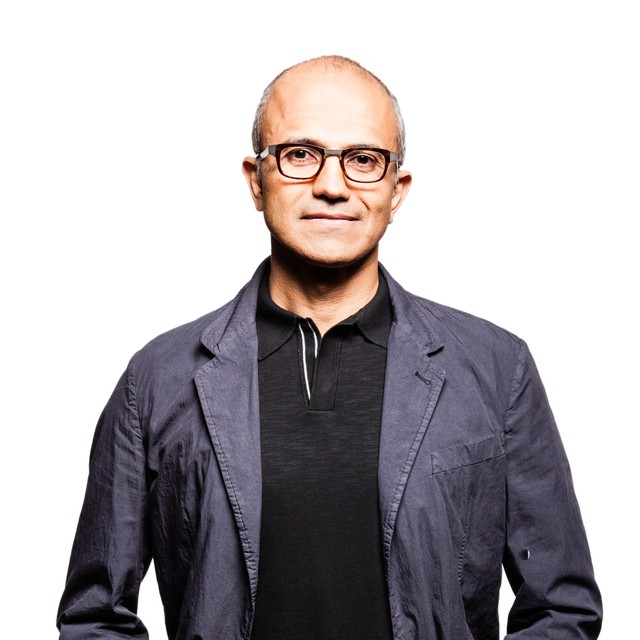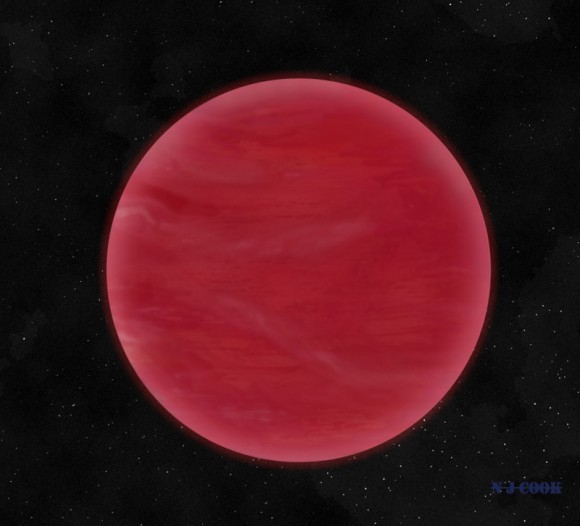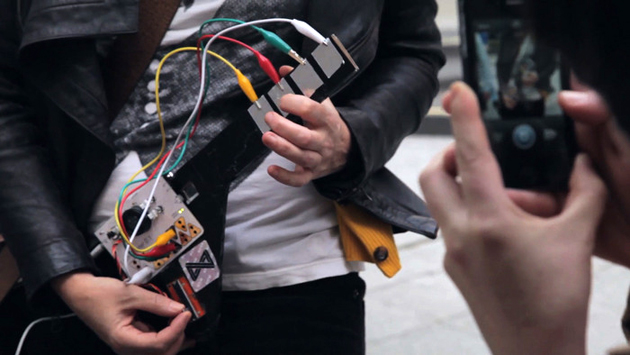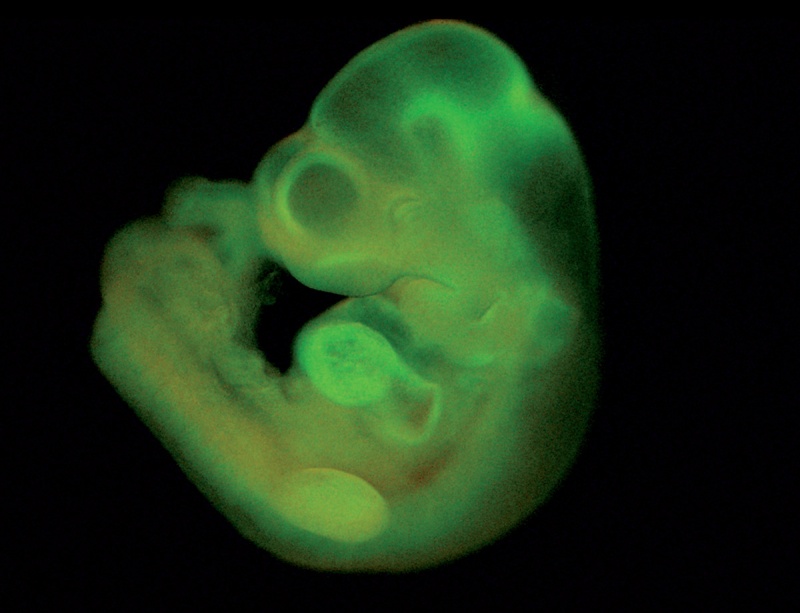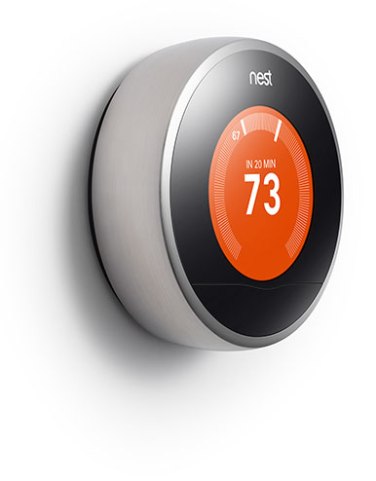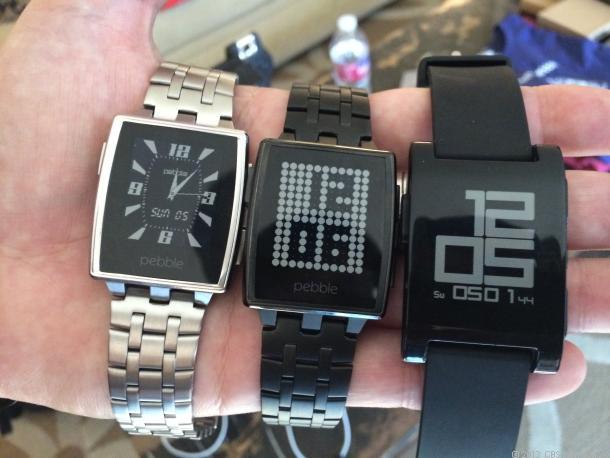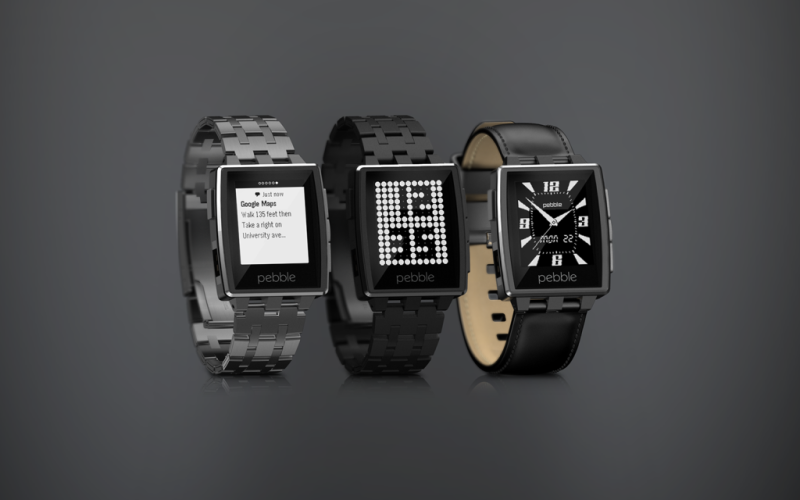Smartwatches have gained popularity over the past couple of years as more practical incarnations of previous wrist-driven technologies have become more viable. With wearable technology like Google Glass on the horizon for consumers, this field has caught the attention of those who are actively engaged in technology, but could become more important in subsequent years.
A Brief History of the Smartwatch
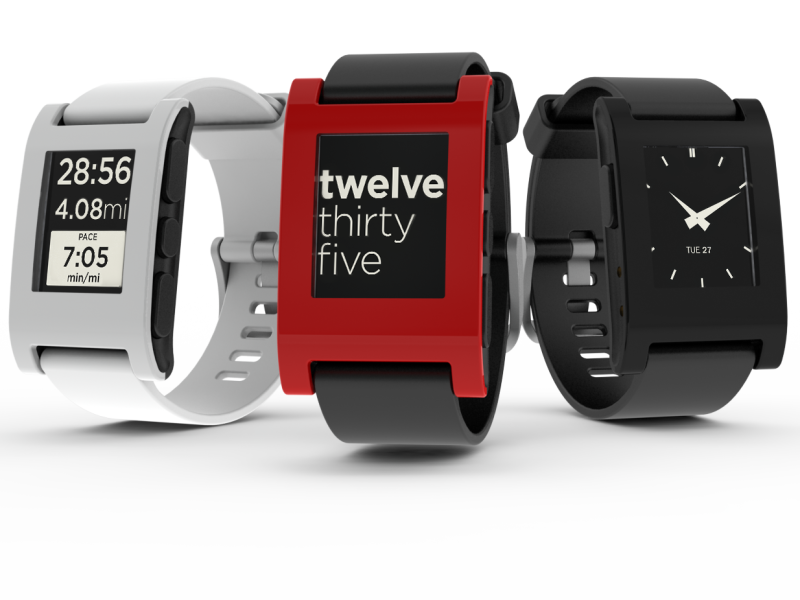
Courtesy: Wikimedia
This ‘smartwatch renaissance’ began with the Pebble; on April 11, 2012, Eric Migicovsky and co. launched a Kickstarter campaign to fund the ambitious new project. If you don’t know the story, it went on to become the most successful crowd funding project on record, raising $10,266,844 from 68,928 people. At the time, the only true competitor was the Sony SmartWatch, which was not popular due to its proprietary nature and common issues. As a result, the excitement for the Pebble grew as Kickstarter backers awaited their watches. However, shipping delays and questions of loyalty quickly diminished interest. When the watch finally shipped, interest grew again as Pebble Technology worked to ship out its units in various colors to backers and to fill pre-orders. Then, Pebble dropped a bombshell and announced a deal with Best Buy to add retail availability for the watch; this move angered backers and pre-orderers alike but was ultimately successful for the company from an entrepreneurial standpoint. I currently own a Pebble and I must say, I’m quite pleased with it. The company promised many things that it didn’t deliver, but all are software-driven, so they can (and have been) remedied with over-the-air firmware updates. The platform is growing and there is an announcement planned for tomorrow (summary here) at CES that will likely yield a firm release date for SDK 2.0, which has been in beta for a couple of months, and the Pebble Appstore, which was announced last month. Developer support and user base for the platform is certainly the strongest for Pebble out of the ‘pure’ smartwatches (i.e. those that have entirely dynamic screens and a developer platform, since some place fitness bands and watches like MetaWatch in the same category).
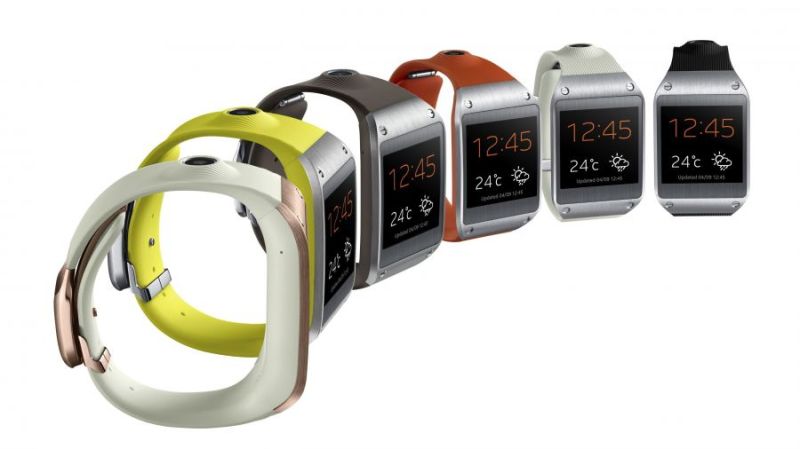
A competitor approaches (Techradar)
Then, on September 25, 2013, Samsung released the Galaxy Gear. Only…it was compatible with two devices, had a 24 hour (or less) battery life, and it had…a camera on the watchband? Reviews were mixed, with some liking the design, others the display, and almost everyone wondering what this meant for the smartwatch industry. For indeed, this device’s impact was not to be found in the implementation itself, but in the venture (and arguably risk) Samsung took by entering the product category. This was the first time that a major tech company had released a smartwatch in full-force (Sony’s attempt was often described as an aside or a ‘throw it at the wall and see if it sticks’ type of scenario). Other companies are gearing up (no, that was not intentional, but take it anyway) to release smartwatches, if rumors are anything to go by, as reports of testing and production have become unavoidably common for the likes of Apple, Google, Motorola, and more.
So…what are they even good for?
Smartwatches are often described as ‘the solution to a problem that doesn’t even exist’, and I partially agree with this interpretation: yes, no one needs a smartwatch to survive…and yet, no one needs a smartphone or a tablet to survive, either. Consumer technology is a field that produces things that people don’t need (at least initially) but are conveniences that gain popularity and eventually become ingrained in our daily lives. For example, smartphones began as a way for businesspeople to keep constant contact with the world, but became easier to use and adaptable until Apple released the iPhone – the smartphone that changed everything. Then developers were aboard and growth skyrocketed; in October 2013, comScore reported that 149.2 million people in the U.S. own smartphones (that’s 62.5 percent mobile market penetration). Smartphones have become vital to the way that many people live their lives. Obviously, smartwatches are a smaller step away from smartphones than smartphones were from traditional computers, but you get the gist. So, what I will explain to you here is not why smartwatches will become integral to our lives, but rather why smartwatches are an important platform and how they could become an important part of your life.
The essence of a smartwatch is convenience: why reach into your pocket, pull out your phone, press a button, and look at a notification (being tempted to act on it) when you could just glance at your wrist and dismiss it with the click of a button (in the same way that a regular watch allows you to check the time without this process)? Yes, I just defined ‘first-world problems’…but stay with me for a minute. Most smartwatches allow you to do more than this; for example, the Pebble allows you to answer calls, set alarms, control music, personalize watch faces, and the big one: install apps. Apps change everything; apps expand a smartwatch with the same magnitude that apps expand smartphones. Modern smartphones ship with a lot of lucrative and sophisticated features, but you can quickly get bored with the stock apps that you have. In the same way, the modern smartwatch ships with functionality that inherently expands the functionality of the smartphone that it’s paired with…but if you want to exploit the abilities of the watch itself, you need native apps that can take control of the entire watch and give you a more intimate experience with the device. Wearable technology is just that: wearable. Wearables are designed to give you this more personal experience that something you throw into your pocket every day does not (and cannot) have. Wearable technology is with you (on you, in fact) and you interact with it constantly. These devices can track information in a way that something sitting in your pocket cannot, and they can give you information that you cannot reach into your pocket to receive as effectively as you would with a wearable. Apps facilitate this experience because the general definition of an app, as it has come to be, includes the fact that third-parties can create them. When you open up applications to a developer base, you get something amazing because anyone can make something that can run on their device (and millions of others). When anyone can create something, there is so much more to a platform than if the members of a company were to write all of the software by themselves.
Apps that allow you to track running and weather, get directions, pay, unlock your car, and most importantly, be notified of anything and everything at any time, anywhere, are a reality. They are part of the concept of live data, which is the core of wearable technology. Sure, you could reach into your pocket and grab an extremely powerful machine that can do almost anything, but why would you when you have live and dynamic data of any kind sitting on your wrist? Any time when you need to know about something that changes constantly, the smartwatch (and the wearables category in general, of which the smartwatch is currently the largest portion when you include fitness trackers) is there, and is the best way to retrieve this information. Unlike the transition from traditional computers to smartphones, the smartwatch is not an entirely new category on its own, but one that works best in tandem with the smartphone you likely carry around in your pocket every day.
So, while they might not be vital (or even fully viable) at this point, smartwatches comprise a category (being the least obtrusive of the wearables) that, if implemented properly by the companies that plant the seeds of consumer technology, has the potential to change the way we interact with our devices and become something more than a wrist-mounted smartphone, in the way that a smartphone is more than a pocket-dwelling computer.
